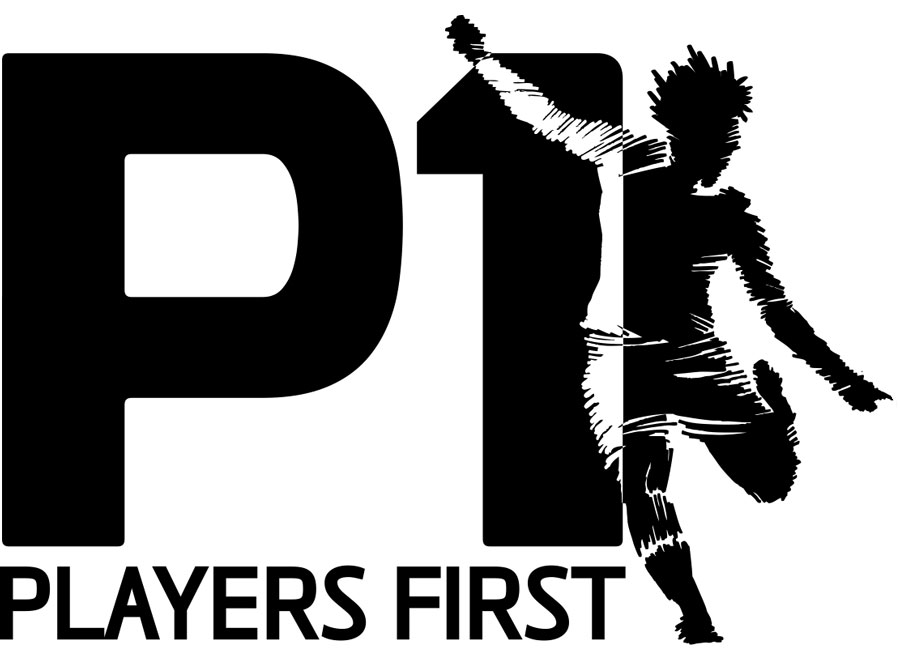US Club Soccer is a vast and intricate organization. As a National Association Member of the United States Soccer Federation, US Club Soccer has appro
US Club Soccer is a vast and intricate organization. As a National Association Member of the United States Soccer Federation, US Club Soccer has approximately 500,000 members across the entire nation, including recreational and competitive players.
While the organization has several primary functions such as registering players, providing insurance for said registered players, and organizing competitions for leagues and clubs, in many ways, the most important work that US Club Soccer does is provide support to the multitude of clubs and leagues that make up the membership of the organization. In Part I of our series on US Club Soccer we take a look at the La Liga Formation Methodology Courses, the origin of the Players First Initiative, and lay the foundation for our deep dive into an organization that is re-writing the book on youth soccer player development in America.
During the first weekend in February, US Club Soccer hosted an educational event in La Jolla, Calif. in conjunction with La Liga, the premier professional soccer league in Spain that features Real Madrid and FC Barcelona. The event was aimed at supplying club coaches with additional information to help them formulate their own methodology.
The educational curriculum taught to coaches who attended the event is one component piece of a five-part initiative called Players First that US Club Soccer has developed and begun implementing over the course of the last year.
The Players First initiative aims to “provide the best possible environment and experience for every player,” according to US Club Soccer CEO Kevin Payne.
In order to accomplish their objective, US Club Soccer has identified five key components of the youth soccer experience and derived curriculum to structure each silo. The pillars of the Players First initiative are:
Club Development
Coaching Development
Player Development
Parent Engagement and Education
Player Health and Safety
Payne expounded upon the purpose of the La Liga Formation Methodology Coaching Education Courses by explaining that, “we want to provide supplemental education opportunities to coaches. This is not a licensing program, and it is not intended to replace the federations licensing program. We’re big supporters of the Federation’s program.”
“This is additional information to coaches to better understand how things are done in a very successful country and then apply that understanding to their own set of circumstances, wherever they may be,” continued Payne. “The approach they are being taught in this program with La Liga will help them understand the tools necessary to create their methodology.”
The partnership with La Liga is an intriguing one. Forged by an introduction from Nike Soccer, La Liga and US Club soccer have joined forces to raise the level of player produced in the United States. When La Liga initially began communication with US Club Soccer, the questioned asked was, “how can we help the game in the United States?”
The response from US Club Soccer was to “help us help our coaches first.” Thus the La Liga Formation Methodology Courses were conceived and structured to improve the quality of soccer coaches in order to ultimately impact as many players as possible. The central premise that guides the actions of US Club Soccer is that by developing better coaches, we can exponentially increase the ability to develop better players. This won’t happen by accident, and in order to achieve the objective of the organization, there needs to be a “culture of education” that infuses our game.
Stay tuned to SoccerNation for Part II of this series in which we’ll examine the culture of education that serves as the foundation from which all US Club Soccer activities are built.
